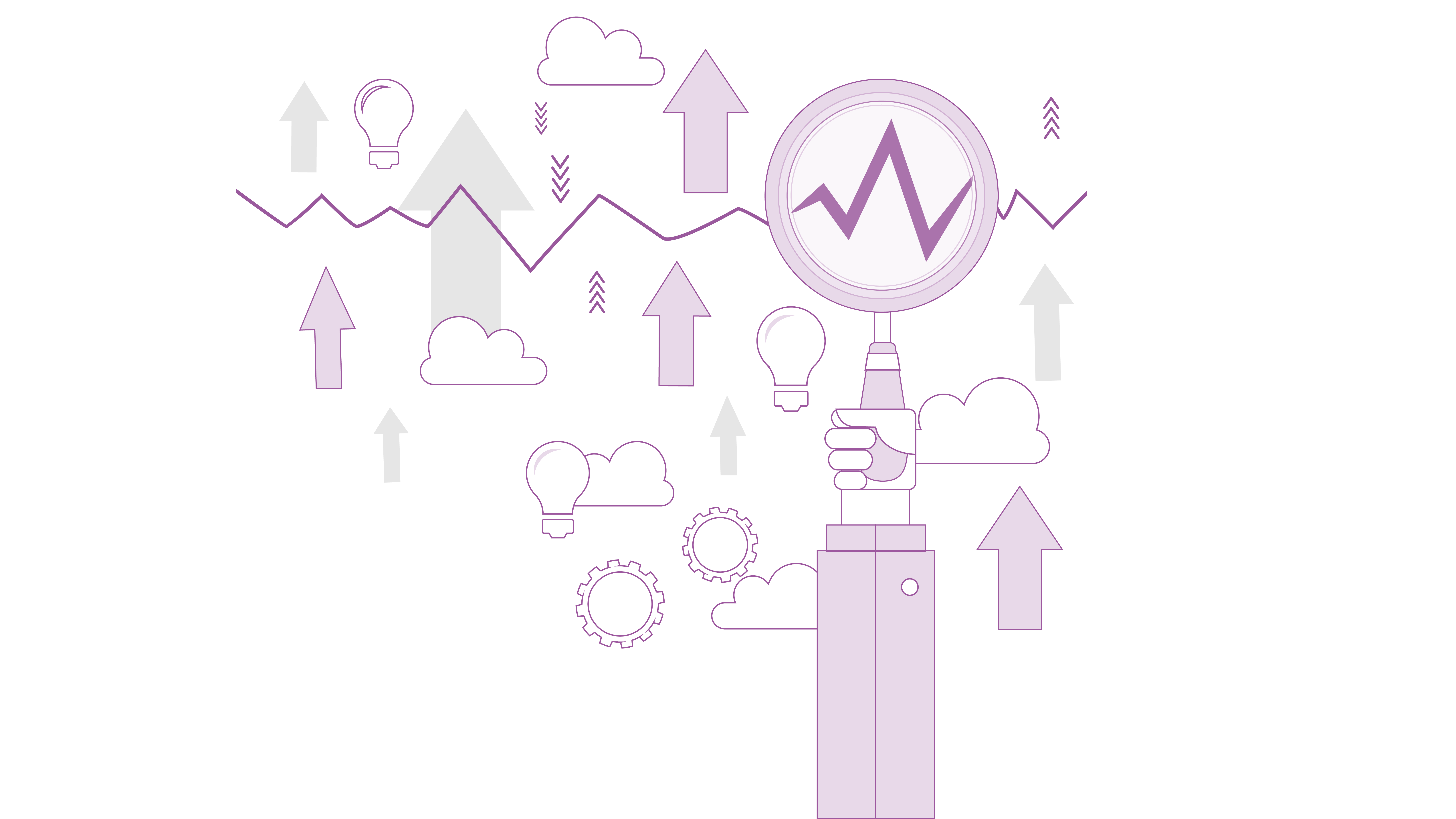Reporting dashboards as the basis for comprehensive controlling
Efficient reporting dashboards are necessary so that you can draw valuable insights and effective conclusions from your planning. They are, so to speak, the basis for decision-making when you think of holistic controlling. It doesn’t matter whether you run a medium-sized company or a large corporation.
Why are reporting dashboards used?
An interactive reporting dashboard offers the possibility of displaying all desired planning components, which are normally taken into account in various plan views, at a glance and relating them to one another. And this can be done across departments and countries.
And this is a big step towards holistic controlling, where the aim is to advise management on holistically coordinated decisions.
Not only can you obtain all the data you need for the next presentation via the reporting dashboard, but you can also track all developments live at any time without having to know all the detailed plans. We know this all too well: a database like this in a company comprises an enormous data set. There is hardly time to collect and prepare all the figures yourself.

The advantages of modern reporting dashboards over Excel dashboards
Modern reporting dashboards differ from the familiar Excel dashboards in terms of data integration, visualization options, interactivity, filtering, up-to-dateness, scalability and user-friendliness.
At a glance, this means:
1. automatic connection and data integration
A comprehensive reporting dashboard can be connected directly to BI tools, databases, cloud services, ERP systems or other sources. This means you can automatically transfer your planning data, which you have in the cloud for example, to your reporting dashboard and therefore always have an overview of your relevant figures.
2. more visualization options
Reporting dashboard tools are interactive and allow you to filter for different key figures and areas directly in the dashboard. This allows you to see exactly the figures that are relevant to you and your departments.
3. you work with real-time data
If your data has changed during planning, it can be updated directly in the dashboard thanks to the connection option to BI tools. There are no unsightly shifts in the layout.
4. flexible collaboration
Interactive reporting dashboards offer several employees simultaneous access. They also have the option of sharing data and its correlations in real time without having to send it manually through the company.
5. even more efficiency through scalable reporting dashboards
Nowadays, reporting dashboards are designed to display large and complex amounts of data without losing performance.

Which reporting dashboard tools are suitable for your company?
There are various data visualization tools that offer reporting dashboards. It is important that they are scalable and adaptable and can be connected to the data sources you use. It is particularly useful if your data visualization tool supports AI and predictive analytics.
As the visualization options of reporting dashboards depend heavily on the variety and scope of the connected data sources, it is easiest to start directly with the planning tool in Controlling. Some planning tools, such as the QVANTUM controlling software, offer the option of retrieving your data in real time and creating real-time visualizations. Turnkey standard dashboards are available for a wide range of departments and managers, which are directly linked to your database in QVANTUM. The most important figures for you and all changes are therefore transferred automatically and in real time.
How to create efficient reporting dashboards
Creating a reporting dashboard yourself requires a lot of time and experience.
Starting with the selection of the relevant metrics and the data format through to the choice of suitable visualization options and the design of a clear layout. This is also the reason why planning tools such as QVANTUM offer preconfigured, ready-to-use standard dashboards. QVANTUM’s reporting dashboards contain all the key figures and views that are of interest to controlling, stakeholders and management. For example, there is a separate standard dashboard for HR and a dashboard for personnel cost planning.

Why are reporting dashboards so valuable for holistic controlling?
As we know, companies can prevent wrong decisions and losses with the help of holistic controlling. In general, the aim is to improve structures and processes throughout the company, save costs and create growth potential. It is very important to always keep an eye on all departments so that potential and weak points can be identified and countermeasures taken in good time.
With the help of efficient interactive reporting dashboards, I can view the plans of all departments and carry out real-time simulations to check the impact of measures on the entire company. For example, I can see where cost budgets have been exceeded and what can be done to achieve the sales targets for the current year. As a controller, this gives me the opportunity to help make coordinated decisions that really can be implemented and are sustainable.
On the other hand, reporting dashboards ensure that all stakeholders and the company management have an overview of the current figures and can easily interpret and use them themselves. And this in turn creates the basis for the individual departments to work hand in hand.
Conclusion:
Reporting dashboards are the prerequisite for holistic controlling, helping companies to avoid wrong decisions and realize their full potential.With their ability to retrieve and visualize relevant data in real time, they create a solid basis for coordinated decisions and transparent collaboration.


